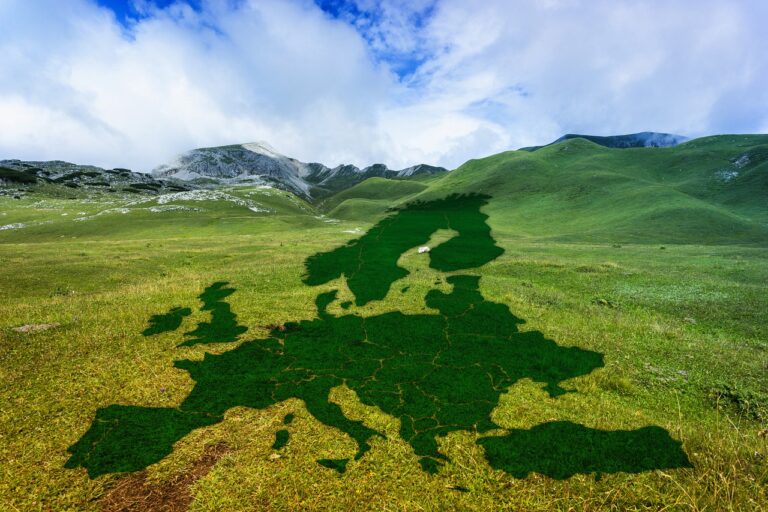For several years now, there has been talk throughout Europe of the European Green Deal. A very ambitious project, promoted and driven forward with commitment by the European Commission led by Ursula Von Der Leyen.
All this is the Green Deal, a plan that will extend across Europe, affecting millions of people and countless realities. With the aim of counteracting the current and very dangerous climate change.
Table of Contents
What is the European Green Deal?
Such a complex structure will have to be managed by an equally important commission. The European Green Deal will be run symbiotically by the European Commission, the European Parliament and the European Council.
As far as funding is concerned, such an ambitious project will have to be largely substantiated from an economic point of view.
So much so that the goal is to allocate funds, public and private, amounting to around 100 billion per year, for a total of 1,000 billion euros.
The Green Deal strategic action plan
The strategic action plan put in place by the European Commission consists of a series of objectives. All of which aim at limiting the increase in global warming that has caused considerable alarm among experts and scholars in recent years.
According to the estimates of the UN’s IPCC, the environmental temperature should remain below 1.5°C compared to the temperatures recorded in pre-industrial times. This, to prevent the human species and planet earth from suffering irreparable damage.
Precisely in order to avoid this, the Paris Climate Agreement took place in 2015. Whereby the European Union, and all other countries worldwide that have decided to adhere to the plan, commit to reduce their pollutant emissions to zero by 2050 at the latest.
In order to reach the ambitious 2050 goal with ‘0 pollutant emissions’, the Paris agreements also foresee intermediate milestones, set at 2030 and 2040, for which the goals of the Green Deal are preparatory.
1. Making energy production clean
The first major goal set by the Green Deal is to make European energy production a clean and environmentally sustainable process.
The production of electricity, in particular, is alone responsible for at least 75 per cent of the emissions of CO2.
This means not only investing in the construction of more environmentally friendly power plants, such as hydroelectric power stations, wind power and the massive installation of photovoltaics.
2. Investing in Green Mobility
As a logical consequence of the production of cleaner electricity, a shift from the use of fossil fuels to the predominant use of electricity in the area of mobility is also indispensable.
This means a real change from traditional mobility to a Green Mobility, made almost exclusively of Hybrid and Full Electric technologies.
3. Making human activities more sustainable
Some human activities have been causing the consumption and dispersion of a huge amount of CO2, every day, for decades.
In this respect, too, the Green Deal proposes a turnaround. Promoting actions that aim to make sustainable a wide range of human activities.
This is achieved through new guidelines and rules. Both on building activities, travel, housing and industrial restructuring to make processes less polluting.
The focus is also on promoting biodiversity. Also, protecting green areas such as forests and parks and animals from extinction, and adopting a circular economy.
The concrete actions in the Green Deal
Those analysed so far are the main objectives that the European Green Deal plan aims to achieve by no later than 2050.
In order to do this, there is the need of a real ‘plan of attack’. So as to make safeguarding the earth’s ecosystem truly feasible.
These concrete solutions correspond to measures of a legislative nature. Directives and regulations with legal force at the European level, with which the adhering nation states are obliged to comply. At the moment, little is known about this, only a few measures have been made known.
It will be, to all intents and purposes, the first time that the European Union will give itself a directive on the climate framework. This, by establishing a series of fundamental principles that will underpin all the actions put in place.
Environmentalists’ scepticism
Those expressing the most interest and fervour about the proposed plans and actions of the Green Deal were certainly the environmental NGOs. Who said they were ‘sceptical’ about the target of a 55% reduction in greenhouse gas emissions.
This is because the European Commission has often been vague about this percentage. Ursula Von Der Leyen herself has not specified whether this is only greenhouse gas emissions or emissions net of absorption by forests.












